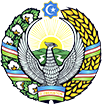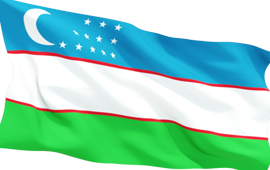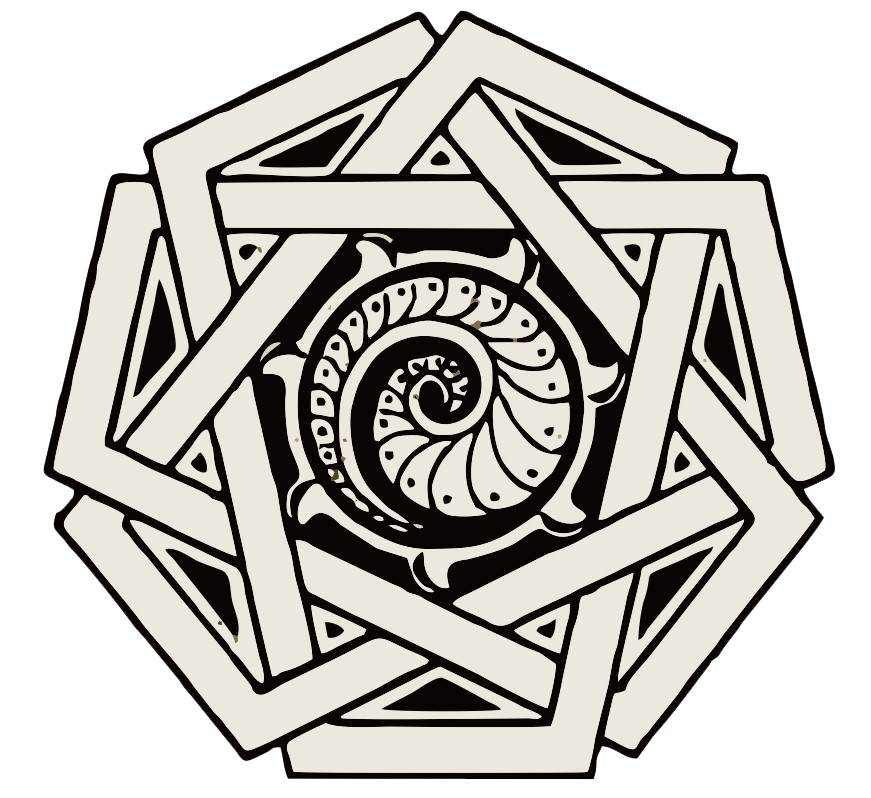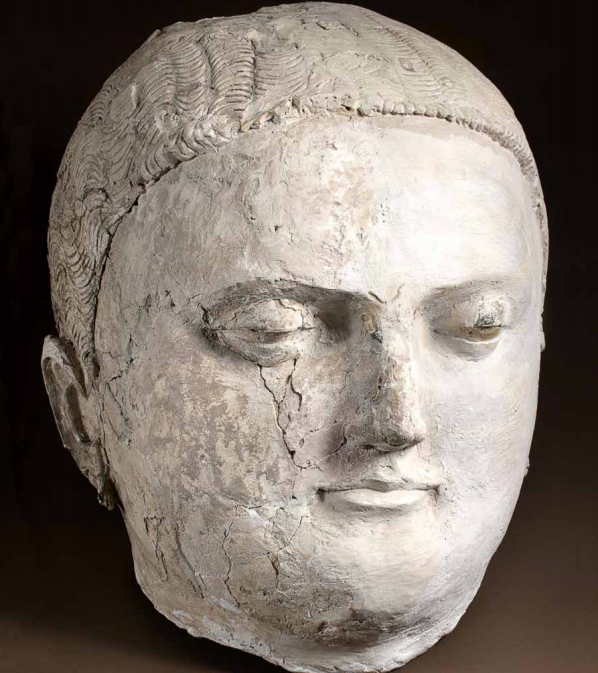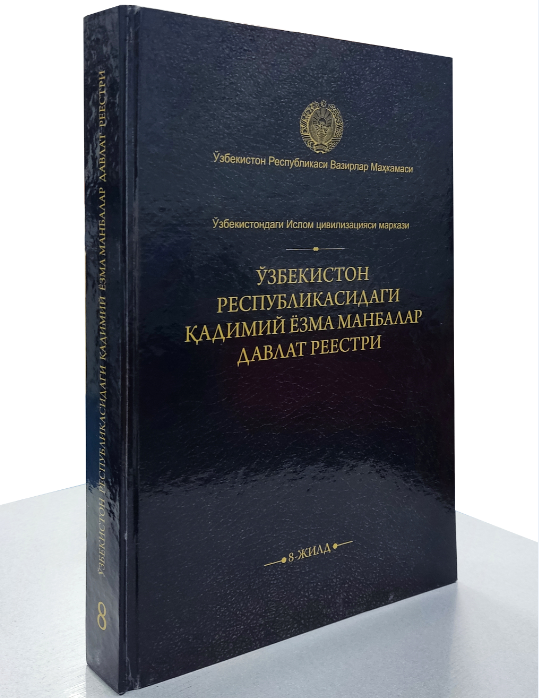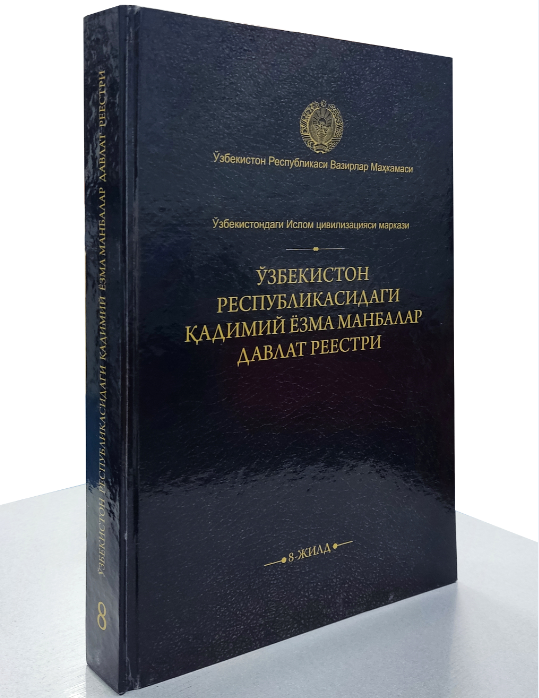Thanks to the works of archaeologists and art historians in the twentieth century, one of the brightest pages in the history of art of the region opened, associated with the entry of its territory into the Hellenistic and Indo-Buddhist world. The art of the era of antiquity on the territory of Uzbekistan covers the period from the end of the 4th century BC until the 4th century AD Art monuments of this long historical period show the penetration and interaction of the world of ideas and images of ancient Greek, ancient Iranian and Indo-Buddhist origin into the environment of the Central Asian cultural and emotional space. The conquest campaigns of Alexander the Great (334–326 BC) to Central Asia put an end to the existence of the Achaemenid state (6th–4th centuries BC) and marked the beginning of a new period in the history of art of ancient Uzbekistan — the Hellenistic period. In 330 Alexander the Great seized southern Bactria, but the redistribution of the satrapies of the great empire, carried out in 321 after his death, was accompanied by a struggle for political power. In 306 Alexander Seleucus annexed Bactria to his other possessions. In the Seleucid state, new cities were created in the form of policies, the society of which was formed mainly from Macedonians and Greeks, which was an important factor in the penetration of Eelin culture into the regions of Iran, Central Asia and India. The widespread and assimilation by local masters of the traditions of Greek culture and art began after the collapse of the Seleucid empire, when by the middle of the 3rdcentury BC. in Central Asia, the rulers of the Greco-Bactrian kingdom were established, which included the territory of southern Uzbekistan. From here, the traditions of Hellenistic Greco-Bactrian art spread to the adjacent regions - Sogd, Shash, Fergana, Khorezm, where the influence of Hellenistic traditions was not as noticeable as in the territory of southern Uzbekistan. The culture of Hellenism, as a result of the conquests of Alexander the Great, spread in the east up to the borders of India. Moreover, this process took place in two stages — in the 4th-1st centuries BC, in the so-called Hellenistic period, Greek art retained its primordiality, but already at the second stage (1st–4th centuries AD — called Kushan) , it begins to be actively processed on the basis of local artistic traditions and features of Indo-Buddhist, Kushan art. Pugachenkova and Rempel give a more detailed periodization of the ancient art of Uzbekistan - a) early antique — Hellenized; b) mid-antique — early Kushan or Tocharian; c) late antique — imperial or late Kushan (Pugachenkova, Rempel, 1965, p. 92). In the early antique period, a special role belonged to Greco-Bactrian art, whose monuments became a kind of catalyst for a unique symbiosis of the traditions of Hellenic culture and the art of Central Asia, Iran, China and India. Despite the relatively short period of existence of the Greco-Bactrian empire (250-135 BC), it was during this period that important processes of cultural interpenetration of Western-Eastern traditions took place, which gave rise to the phenomenon of Greco-Bactrian art and gave impetus to the further development of forms and styles of antique art of Uzbekistan.
Akbar Khakimov HISTORY OF THE ARTS OF UZBEKISTAN
